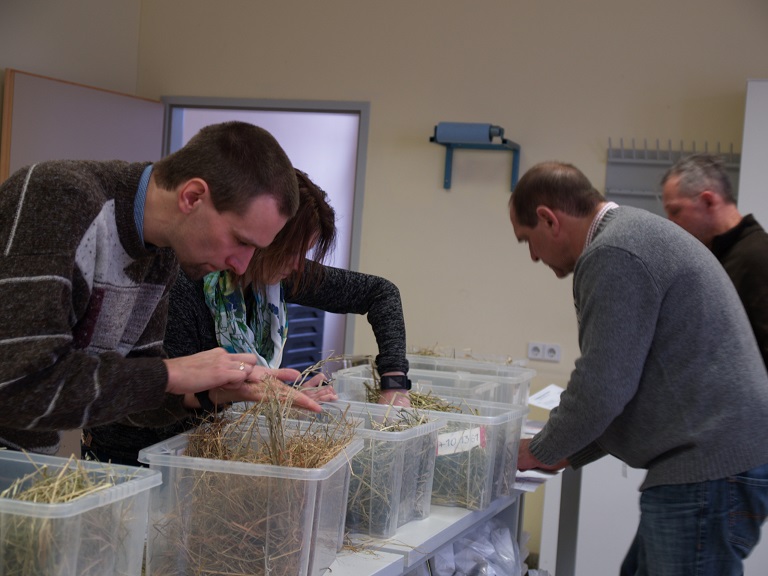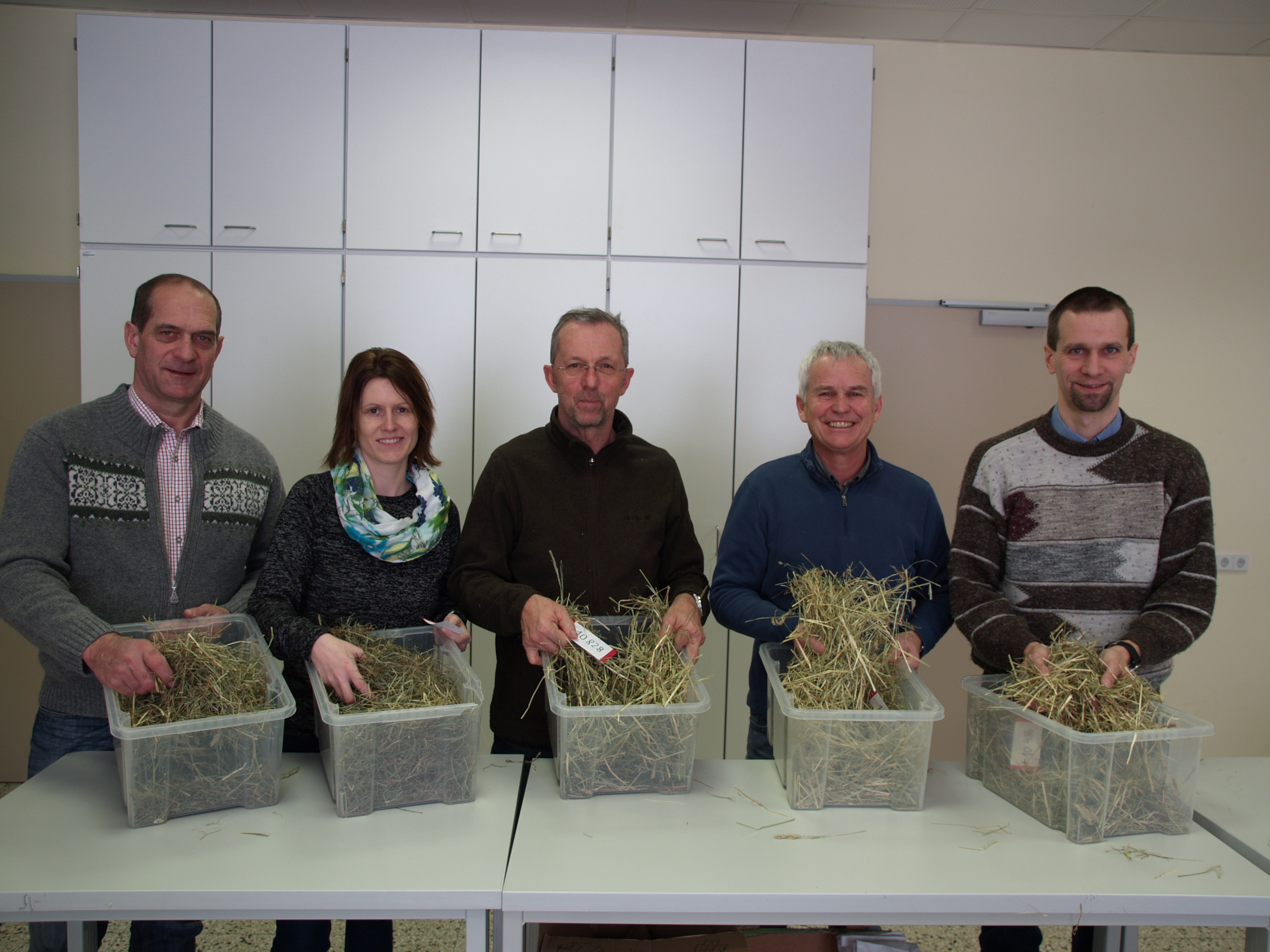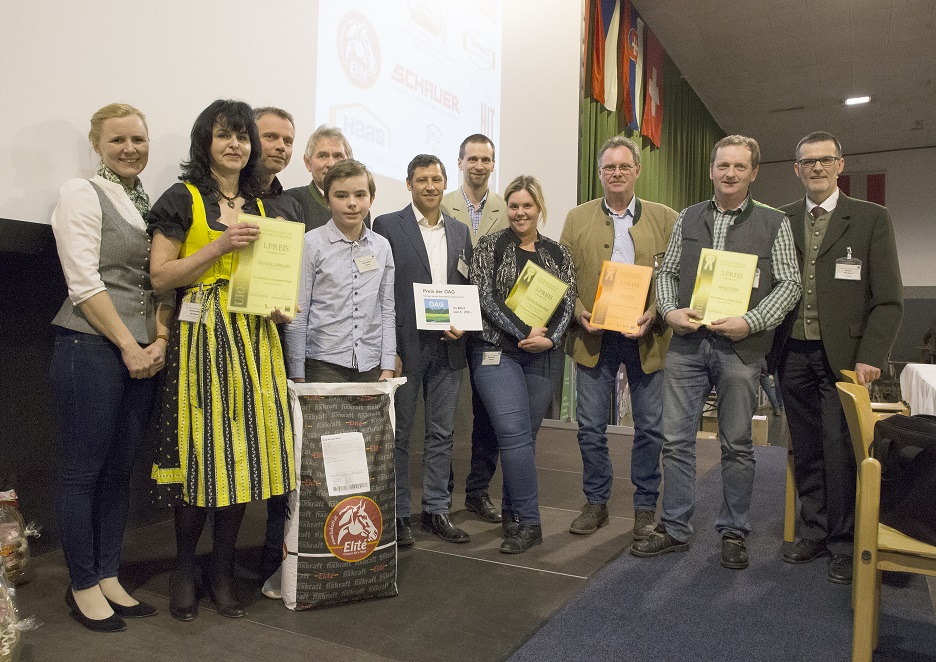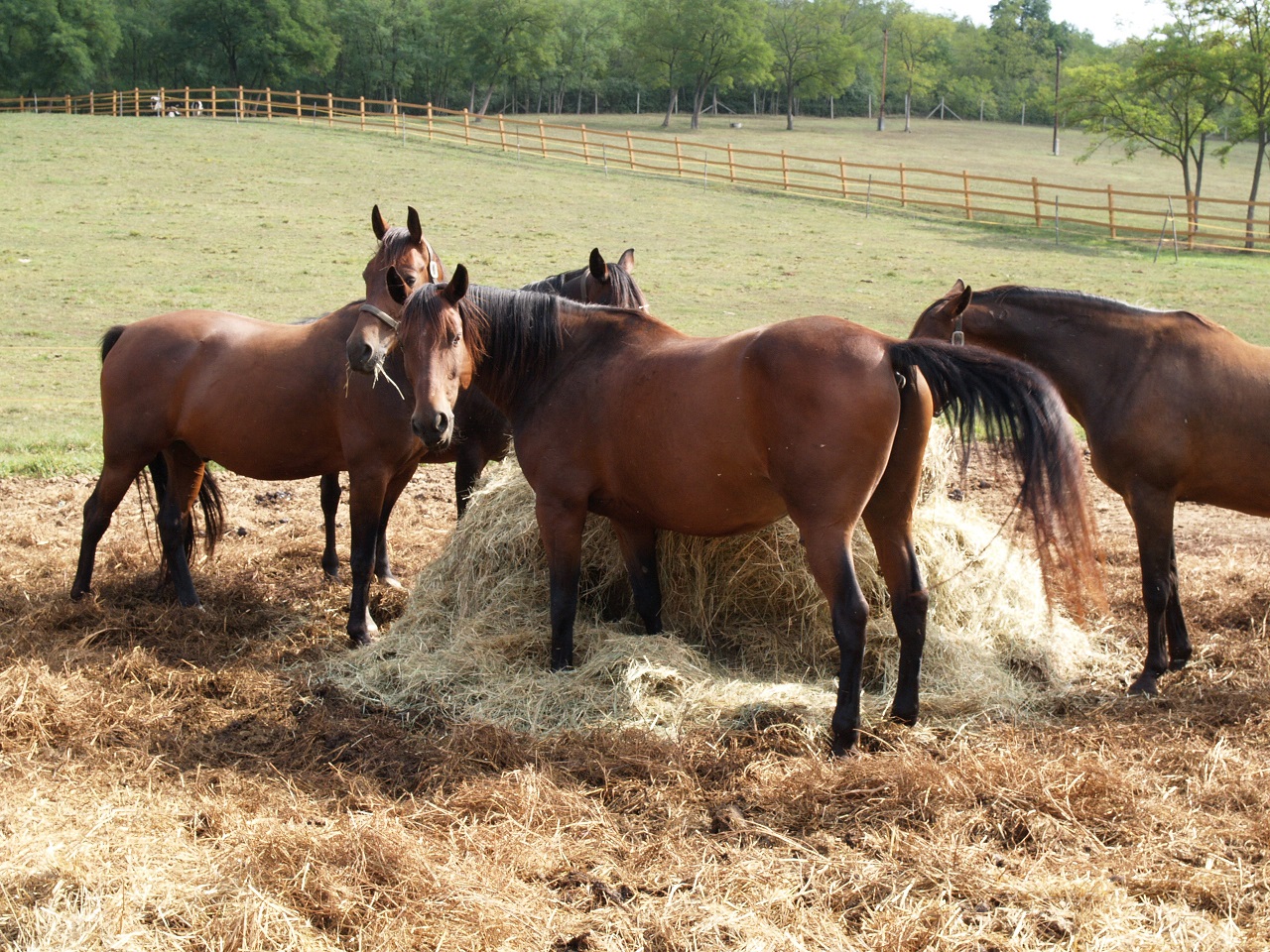It turned out that over 50% of the hay lots were harvested too late. Hay that was harvested late had crude fiber contents of over 340 g/kg DM and was therefore very low in energy. The microbiological and hygienic properties of hay are of great importance for horses due to the particular sensitivity of the horse's digestive and respiratory tract to deficiencies in hygiene status. When feeding germ-containing or moldy food, the gastric juice is not enough to kill all germs. Only about a quarter of the 512 horse hay samples were completely flawless in terms of feed hygiene. Exceedances of the VDLUFA orientation values (OW) for spoilage-indicating, spore-forming molds of the species Penicillium, Wallemia, etc., and yeasts were observed in about a third of the hay samples.
These lots are not suitable for horse feeding due to microbiological feed spoilage! In sensitive horses, even a slight exceedance of the orientation value (for KG 5: less than 100,000 colony-forming units per gram of feed; KG 7: less than 150,000 CFU/g FM) can lead to health problems for the spoilage-indicating molds or yeasts.
When operated effectively, hay ventilation drying can practically prevent storage fungus within two to three days due to the rapid removal of water. This reduces dust pollution caused by fungal spores to an acceptable minimum. Unfortunately, there are hardly any under-roof drying facilities available in horse-keeping businesses. This hay preservation technique could certainly be expanded to significantly improve feed hygiene for horses.
The results of the first Austrian horse hay project were presented on March 7, 2020 at the 9th Austrian Horse Conference. A total of 62 horse owners took part in the questionnaire and analysis campaign on horse hay quality. The project participants sent hay of significantly better quality than the average in practice. This was evident because three quarters of these samples were feed hygienically flawless. The 10 best hay samples were preselected according to chemical and microbiological criteria and these samples were evaluated by a five-person jury of experts using the ÖAG sensory test. The best three samples from the project year 2018 and 2019 were awarded prizes in the presence of 450 conference participants. These award-winning hay qualities are the “gold standard” for horse hay in Austria. More information about the quality of horse hay is available at www.pferdefachtagung.at and www.gruenland-viehwirtschaft.at .










